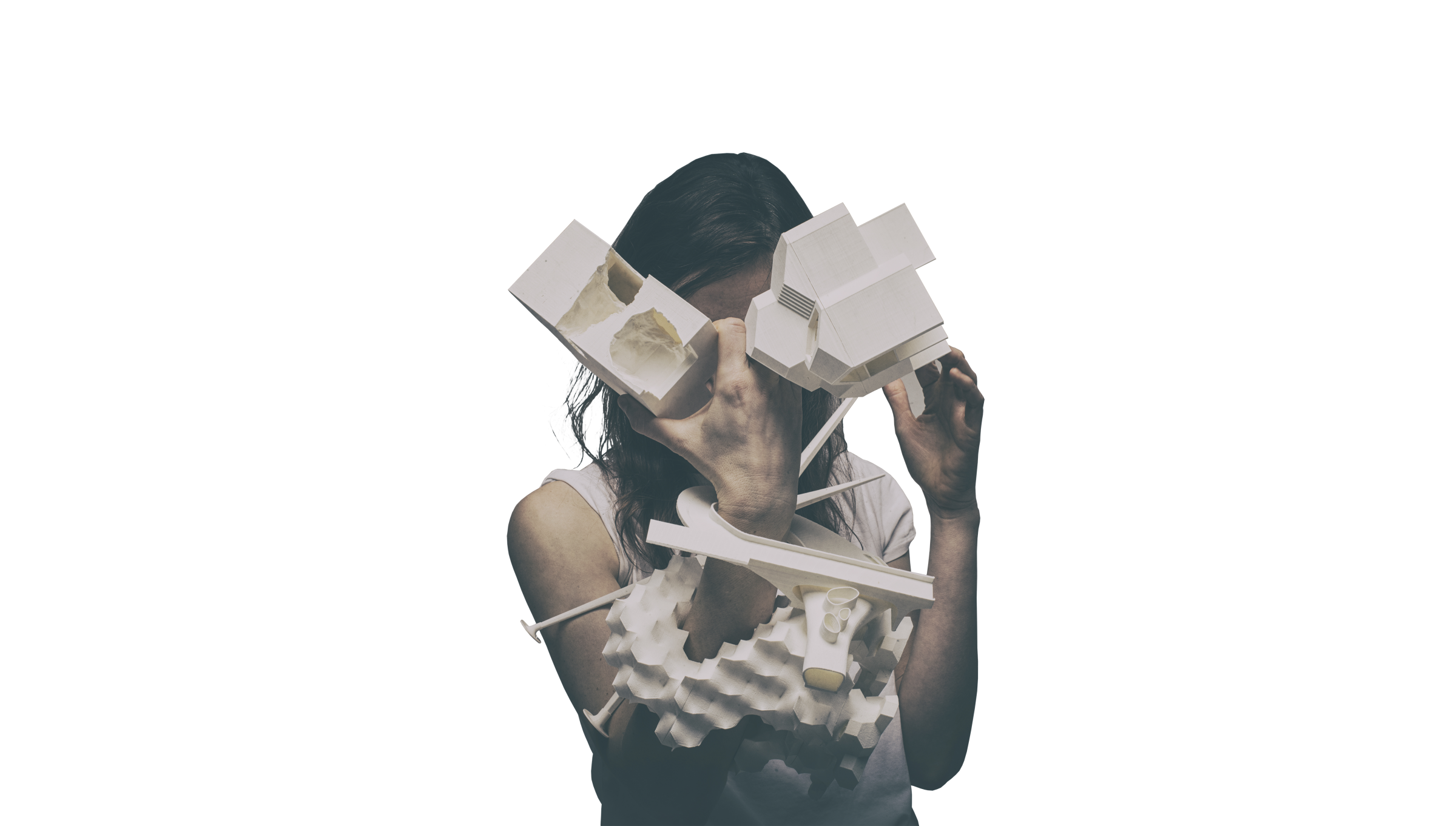Sille Pihlak
It seems that the more distant and incomprehensible are the generation of form and geometry, the more familiar we should be with the material we wish to form. Nanomaterials use sensors to map their surroundings, change their shape by means of kinetics or they are exceptionally resilient. The studies of nanomaterials seem to be describing the building material of the future. In fact, all the given features are also characteristic of our local raw material timber, however, there has been no competence to implement it in the given way. Could the highly nuanced material suit the construction of a digital body better than the widely used plastic powder 3D printing?
Material Knowledge in Architecture
In the open lecture series of the Estonian Academy of Arts, the researcher of the Danish Centre for Information Technology and Architecture (CITA) Martin Tamke presented his study on bending timber for lightweight constructions. The directional strength of timber allows to use bending to create a shell with its elements reacting simultaneously due to tension and gravity. In case of such constructions, it is possible to create large timber framing domes reacting to the surrounding conditions (e.g. snow load). The students of the Institute for Computational Design and Construction (ICD) and the Institute of Building Structures and Structural Design (ITKE) at the Faculty of Architecture of the University of Stuttgart made thin wood panels react to humidity and constructed a pavilion that closes during damp periods (e.g. in the rain) and opens its shutters again while drying like a pine cone.1 The researchers of the Architectural Association School of Architecture in London2 have found a way to use the natural tree trunk branching as a constructional element. The tree fork is traditionally cut out for the sake of machine-like standardisation and replaced with metal plates, bolts or tenons. In London, they developed and tested a way to make use of the tree fork. Before it is cut, the live tree is scanned with software analysing the gathered information. Eventually, only the trees suitable for construction are cut down while others are left to grow. The characteristics of the suitable tree trunks are used in developing the architectural solution.
The same technique is also employed by the Estonian flooring manufacturer Bolefloor. By scanning the natural floorboard growth-lines and decking perimeter, the computer will find the optimum neighbour for each floorboard. This way, the unique design comes to value every single floorboard. The implementation of all the above-mentioned methods requires the maintenance of extensive big data. We do not make proper use of the full potential of machinery and still employ it to produce tenons that have been cut with an axe over the centuries without looking for new solutions. If it makes no difference for a computer-assisted machine whether it cuts 500 tenons at the same angle or every time at a different angle, why should we hold on to standardisation?3
Paleo-Technologies during the Neo-Technological Era4
The American political theorist and anarchist Kevin Amos Carson claims that the potential of modern machinery is still unused. The potential of neo-technologies such as small electric home appliances has not been employed for the creation of a new economic model, instead, they have been placed in the paleo-technical framework to produce objects that we have needed so far. Similar comparisons would also apply in the Estonian timber industry: the machines are used to make objects that have always been made (tenons cut with an axe) with the full range of their possibilities largely unused. Jean Pouve says that in technology it is better to lead than tag along. Estonian timber and plywood industrialists and CLT manufacturers have five-axis CNC machines which produce architecture dating back centuries. By understanding and rethinking the machine, we can lead the development of technology. A new timber installation is constructed in front of the Museum of Estonian Architecture for Tallinn Architecture Biennale. The pavilion must be completed in collaboration between the winner of the international competition and Estonian timber industry. This time, Belgian architect Gilles Retsin explores the possibilities of panel materials such as cross-laminated timber and plywood to provide lightweight and easily erected constructional solutions for inexpensive housing.
